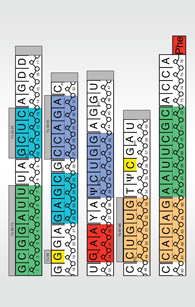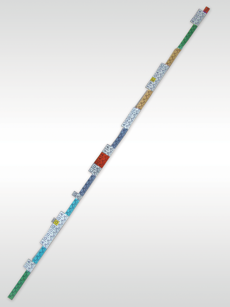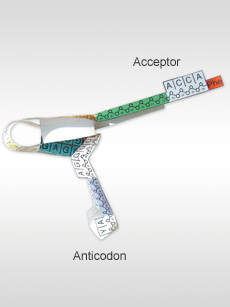Snapshot: October 1, 2012
84846 released atomic coordinate entries
Molecule Type
78559 proteins, peptides,
and viruses
2430 nucleic acids
3833 protein/nucleic acid complexes
24 other
Experimental Technique
74567 X-ray
9605 NMR
458 Electron Microscopy
51 Hybrid
165 Other
Related Experimental Data Files
63989 structure factors
6911 NMR restraints
672 NMR chemical shifts
Head Back to School with PDB-101
The PDB-101 website packages together resources that promote exploration in the world of proteins and nucleic acids for teachers, students, and the general public.
Major elements include:
Author Profiles are a unique historical and educational tool that display a timeline of the structures associated with a particular researcher. Example profiles and searches for authors and structural genomics centers are available.
Educational Resources and materials, including posters, animations, and classroom lessons. Recently, a tRNA-building activity was added to the list of available activities.
Molecule of the Month articles describe the structure and function of a molecule, offer interactive views and discussion topics, and link to specialized pages to help explore specific example structures. Each feature can be accessed from a pull-down menu or from the archive.
Structural View of Biology. Built around the Molecule of the Month series, this feature promotes a top-down exploration of the PDB. Readers can travel through high-level functional categories (such as Protein Synthesis and Health and Disease) and descriptive subcategories (like Replication or Immune System) to access relevant articles that describe molecules in simple terms and provide specific examples.
Understanding PDB Data is a reference to help explore and interpret individual PDB entries. Broad topics include how to understand PDB data, how to visualize structures, how to read coordinate files, and potential challenges to exploring the archive.




Learn about the structure and function of tRNA by building a paper model in this new PDB-101 activity.

